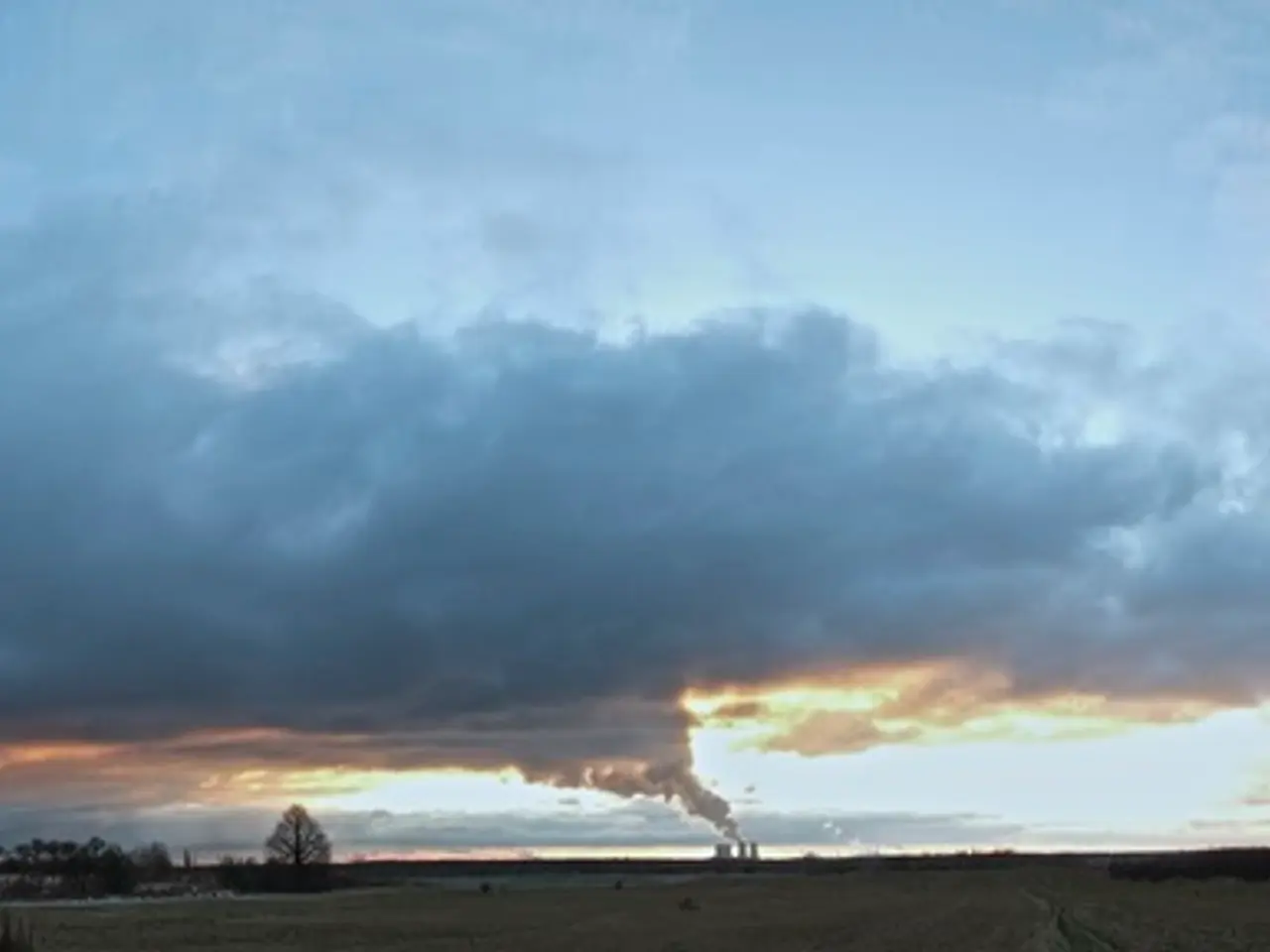East Coast Drought Intensifies, Affecting Agriculture and Water Supplies
Unprecedented drought exacerbates wildfires across the East Coast, threatening farmers' crops and water sources
The East Coast of Canada, including Nova Scotia, Newfoundland, New Brunswick, and Prince Edward Island, is currently experiencing a significant drought. By August 2025, these regions have shifted into moderate to severe drought conditions.
Causes of the Drought
The primary cause of the drought has been a significant reduction in rainfall. Halifax, for example, has received only about 60% of its typical precipitation levels from April to July 2025. This lack of rainfall, combined with warm temperatures, has led to rapid drying of soil and surface water supplies.
Impact on Agriculture
The drought is severely impacting agricultural production. Farmers are struggling to maintain their crops, with many reporting the most severe water shortages in recent memory. Continuous irrigation efforts are necessary to keep fields productive, leading to increased labor and resource costs.
The lack of rainfall has also resulted in surface water supply losses, affecting not only crops but also livestock. For instance, Jordan Eyamie, the manager of Webster Farms Ltd. in Cambridge, N.S., and her field staff are working 12-hour days to irrigate strawberry, raspberry, bean, and rhubarb fields due to the lack of rain.
Impact on Water Supplies
Homeowners are experiencing depleted well water levels, forcing them to seek alternative sources for domestic use. This strain on water resources highlights the broader impact of the drought beyond agriculture.
In response, some communities have implemented water conservation measures. The Halifax Regional Municipality, for example, has voluntary water conservation measures in effect, while smaller, rural towns in northern Nova Scotia and the Annapolis Valley have brought in mandatory limits as their reservoirs run low.
Future Outlook
Experts warn that such widespread drought conditions could become more frequent due to climate change. Preparation for future droughts is crucial to mitigate impacts on agriculture and water supplies.
Trevor Hadwen, a specialist with Agriculture Canada, described 2025 as an "abnormally dry" year in the Atlantic region. The drought has also led to wildfires in New Brunswick and Newfoundland and Labrador, with both provinces banning activities like hiking and fishing in forested areas due to the fires.
The drought has affected various aspects of life in the affected regions, from agriculture to water supplies and even outdoor recreational activities. It serves as a reminder of the importance of water conservation and preparedness for extreme weather events.
- The current East Coast drought, influencing agriculture and water supplies, has been attributed to a considerable drop in rainfall, causing moderate to severe drought conditions by August 2025, as seen in Nova Scotia, Newfoundland, New Brunswick, and Prince Edward Island.
- In environmental science, the impact of the drought on agriculture is evident, with farmers dealing with water shortages unprecedented in recent memory, forcing them to exert continuous irrigation efforts to maintain crop productivity.
- Climate-change studies warn that such widespread drought conditions might escalate with increasing frequency in the future, necessitating preparation to minimize the effects on agricultural and water resources.
- Sports enthusiasts may find themselves affected by the weather as well, with wildfires in New Brunswick and Newfoundland and Labrador leading to bans on activities like hiking and fishing in forested areas due to the drought-induced fires, further emphasizing the need for water conservation and resilience against extreme weather events.

![Breaking record in the pole vault: Duplantis clears over 20 feet [6.29 m]](/en/content/images/size/w640/format/webp/20250821064550_pole-vault-world-record.jpeg)






